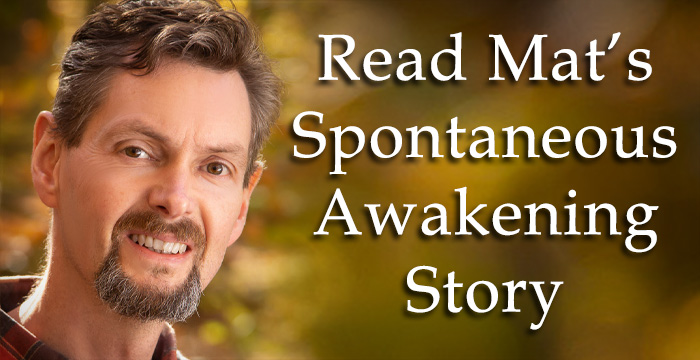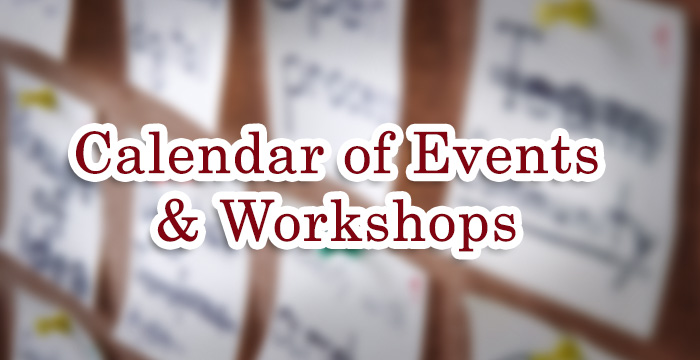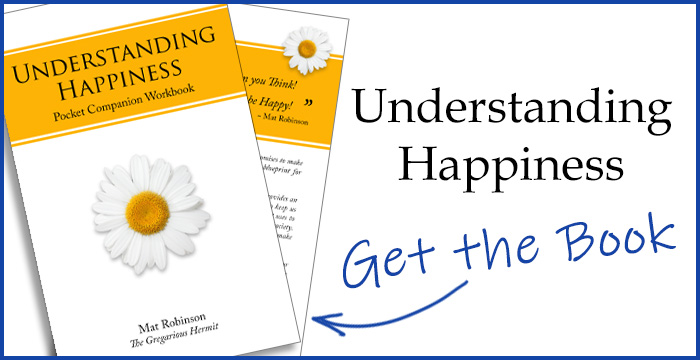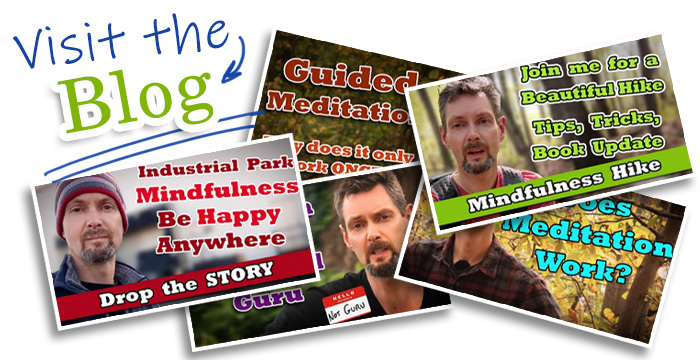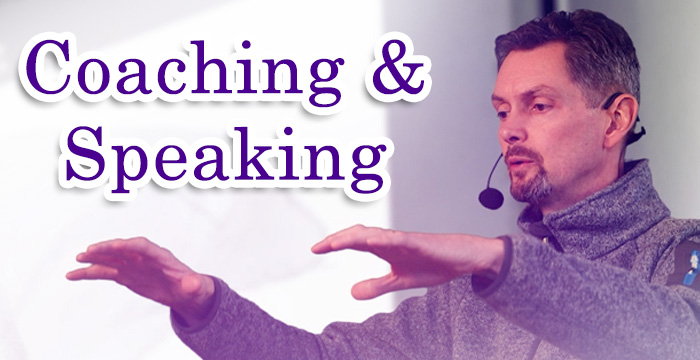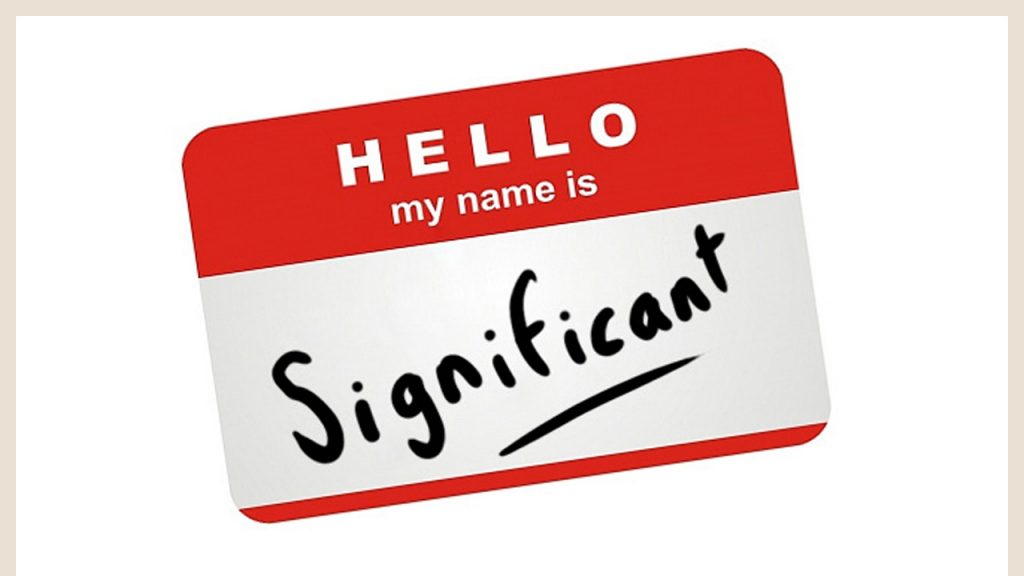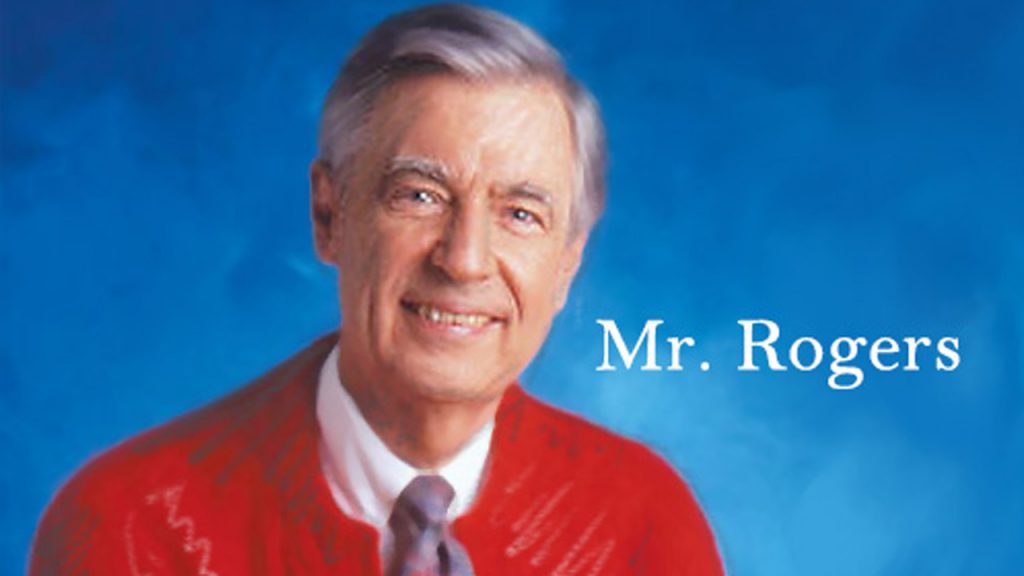Join Mat as he takes you on a journey through your mind and why it causes so much drama these days. This is a deep dive into the power of mindfulness. Regain your control by taking yourself out of your mind and back into your body where it belongs.
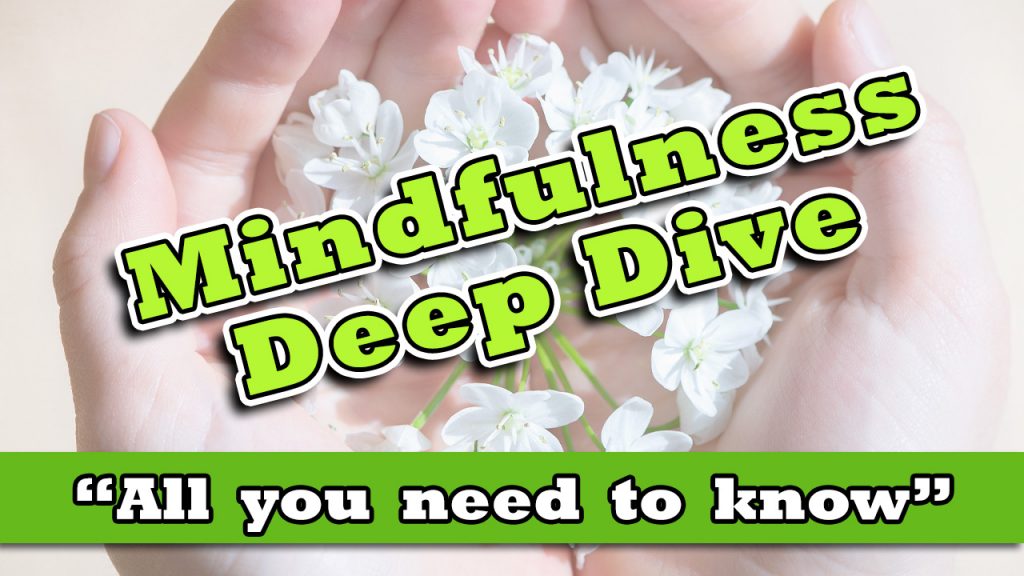
- Mindfulness Deep Dive – Everything you need to know about mindfulness
- Why is my mind noisy?
- Doesn't seem like a problem?
- Problem solving – our minds are good at that right?
- The solution – Mindfulness
- The Devil is in the Details
- How does it differ from Meditation?
- Best way to practice Mindfulness
- Why is Mindfulness so powerful?
- Hey – Thanks for Reading

Mindfulness Deep Dive – Everything you need to know about mindfulness
Personally I think mindfulness is a big misnomer. Mindfulness should really be called, “Mindless-ness”, “Awareness”, or, “focusing your mind”. In a sentence, “Mindfulness is the practice of focusing your awareness on the physical world with such intensity that your mind is not able to make judgments, add labels or have any inner commentary whatsoever”.
If you can understand that sentence, then you can silence your mind.
Simply observe the world around you in such detail that your mind stops. It literally goes silent.
Before we see how mindfulness works, lets first look at why our minds are so noisy these days.

Why is my mind noisy?
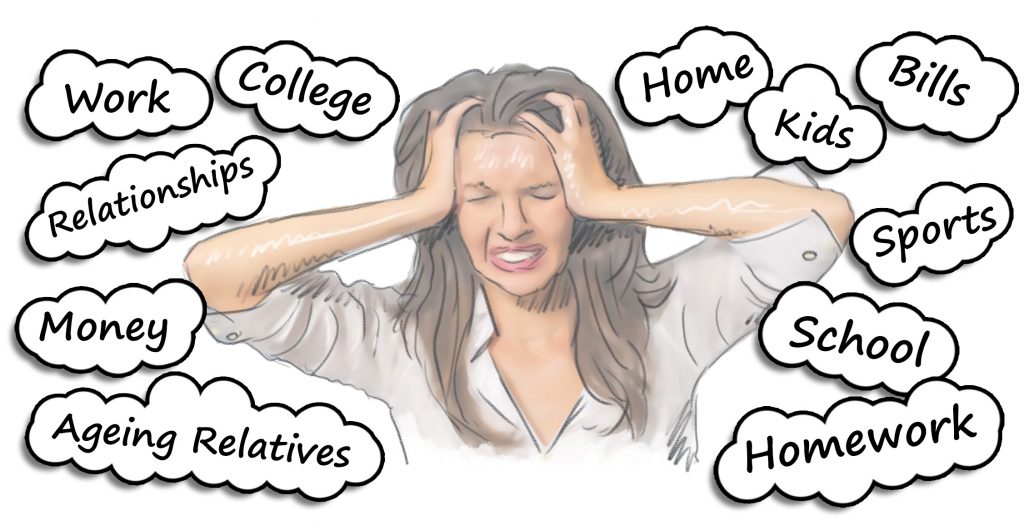
Our minds are constantly evaluating the world around us and making decisions. Each decision requires us to evaluate all the possible solutions and then decide which one might work best.
It’s also constantly looking for danger and looking through past experiences to see if we’ve encountered a situation before. It does that to determine if we should run away or fight. It’s our primitive survival instinct.
So if we go back 20,000 years, we might have to figure out how to cross a river. Wade across? Jump across? Walk across a log? Swing across on a rope? Each of those options has to be visualized and then assessed for risk. If I broke my leg 20,000 years ago, that would be bad.
Once you made your decision. The mind could be put back in the toolbox. It figured out how to cross the river and now it is finished. Just like we put a hammer back in the toolbox when we banged in the last nail.
If you were walking through a forest 20,000 years ago, your mind would be watching for movement and listening for sounds that might signal dinner or it might be an animal hunting you.

Doesn’t seem like a problem?
OK, so how does hunting and crossing rivers 20,000 years ago affect me now?
Well, forests and meadows are really quiet locations compared to our modern hangouts. Even on a windy day, there’s very little movement in a forest to attract our mind. There are very few sounds to grab our attention. Compare that to a coffee shop for example. There are so many objects on display that need to be identified to see if there a threat. There’s so much movement, vivid colors and sudden sounds that our senses are fired up.

Obviously a coffee cup is not going to leap out from behind the counter and attack you like a tiger might, but our primitive minds do not see a difference. It still needs to see, identify and decide if it’s a threat. Very subconscious.
Walking down the street is no different. There are people to assess. Each car could be a charging rhino. It needs to be identified and assessed.
This places quite a burden on our mind subconsciously.

Problem solving – our minds are good at that right?
What about crossing the river? A modern day equivalent would be deciding what to have for dinner. It still uses the same problem solving machinery of the mind, only now, each decision has so many more solutions that we need to evaluate.
Let’s take a simple example. Dinner. Let’s make it easy and go to a restaurant and have someone else cook for us. OK, so which restaurant? If I’m on my own, that simplifies it. I don’t have to worry about the needs of others.
What style of cuisine? How far away? How am I going to get there? What should I wear? Now the menu. How hungry am I? Should I get an appetizer or leave room for desert? Read and evaluate 10 appetizers. Pick one. Read and evaluate entrees. Does that work with my appetizer? What sides should I pick? Is it healthy? Will it fill me up? Do I have enough money? What drink should I have with the meal?
That’s really just scratching the surface. There are probably 1000 more decisions that need to be made before putting food in your mouth.
Now consider cooking for yourself with all the decisions you need to make at the supermarket. Which store? The convenient one or the cheaper one? Organic or generic? Local or import? Large or small? Processed or raw? How are you going to cook it? Each of those questions has a bunch of possibilities that need evaluating.
Large or small? Seems easy enough. You would think.
Large, where will I store it? Do I have space? Will it go off? Does it need to be refrigerated? Will I be able to carry it. What if I don’t like it, that will be a waste? Small – will it be enough? How much more expensive? Packaging waste?
Yikes!!!
These decisions may be very quick and in and of themselves might not be difficult, but it’s the sheer overwhelming burden of an almost constant stream of problems. It’s subconscious but still places an almost continuous burden on your mind.
Compared to the burden of 20,000 years ago. Crossing that river seems like a pretty easy problem to solve. Responding to the sound a snapping twig takes no time. Or eating the carrot that you just found meant your mind was in a relaxed state most of the time and was only used when needed.
Now, our minds are almost always on.
You can read more about why our minds are always on by reading this “Why Meditate” article in the Meditation Boot Camp Series.

The solution – Mindfulness
When our minds are evaluating the world around us, they are merely surface scanning and moving on to the next object. With mindfulness, we study the details of an object so ferociously that our mind stops jumping around and goes back to a peaceful state.
You are overriding your minds tendency to quickly jump from one object to the next. You’re telling your mind that you want to study something closely.
When you do that, you’re actually telling your mind that you’re safe. You can only take time to study something in detail if you are in a place where you feel safe. So by studying something in detail, you’re essentially telling your mind that you’re in a safe place.
So that’s number one. You tricked your mind into stopping being so frantic looking for danger. We’re in a safe place, stop looking for danger.
Next, when you are practicing mindfulness, you’ll notice that each object you take the time to study has infinitely more detail than you first noticed.

The Devil is in the Details
A simple example might be to look at a baseball. Pretty innocuous right. It’s white with red stitching.
But is it?
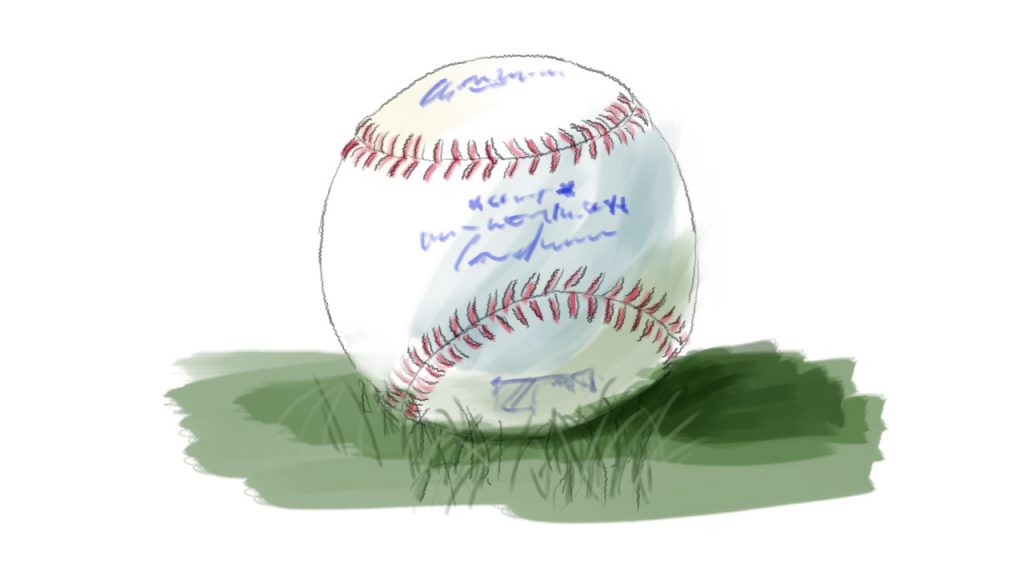
The side facing the sun might be white or even yellow. It may also be blue if there’s a clear blue sky. The underside might be green if it’s picking up the reflection of the grass, or the shadows might be reddish if they’re picking up the color of your skin. Each day, the same ball may look completely different in different lighting conditions.
There may also be signs of wear and tear on the ball. Little marks, scratches, discoloration. There’s texture to the leather.
Look closely at the stitching. Is it really red? Is it perfect?
The ball has weight to it. There’s a smell. How does it feel in your hand?
You could stare at a baseball for hours noticing all the nuances. It will seem so much more interesting and alive than you ever thought it could. Pick it up on a different day and you may wonder if it’s even the same ball.
The third thing you will hopefully notice is that your mind stops labeling or judging.
It’s a ball. Great. Identified it. Labeled it. Not a threat. Done.
You might identify stitching or leather. But that’s it. The mind can’t find too many more labels, so you will just get lost in the details while your mind takes a nap and you bathe in the peace and stillness.

How does it differ from Meditation?
Meditation is a very formal activity. You set aside time and you might devote a location or special clothing. It might be ritualized to give it a higher meaning.
You sit in a position that allows your body to be still and essentially disappear. Allowing you to focus on observing your mind.
So meditation is the practice of detaching from the body and detaching from the mind so you can observe the mind.
Mindfulness on the other hand is the process of using your awareness to override the minds natural tendency to scan the world and silence the mind.

Mindfulness can be practiced anywhere at anytime and does not remove you from your everyday functions. You can do it in meetings at work. While riding the bus. Why driving. You can do it while watching TV. Literally everywhere, 24/7.
So the two practices go hand in hand. Practicing mindfulness will really help with meditation, and meditating will help with mindfulness.
Click here to find out more about meditation

Best way to practice Mindfulness
Once you get good at mindfulness, you can practice it anywhere. But when you’re first starting out, these tips will help.
Safe Space – if your mind is always on the lookout for danger, then practicing mindfulness in a safe area will help with the calming process. An area with little movement or sudden noises is also of benefit.
Slow Down – make your movements very deliberate. If you’re washing dishes, slow down a little so you can acknowledge each of the sensations. The sight, sound, smell, feel etc. If you’re walking, slow down so you can feel each footstep and listen.
Breathe – as with slowing down, when we slow down our breathing we naturally become calm. Breathing slowly and consciously is another way we can tell our mind that we’re safe. If you’re being chased by a bear, you’ll breathe pretty hard. So slow your breathing down to let your mind know you’re not being chased by a bear.
Small Object – look at things that are close to you or small enough to hold in your hand. This is just a great way to learn. Your peripheral vision will de-focus and you’ll lose most of the larger environment. You’ll also see the details more clearly and become fascinated by how much you never noticed. Pick up your TV remote control and study the shape, the buttons. There’s a lot to see and feel. Don’t lick the remote though. Definitely don’t do that.
When you get good at that. Move on to bigger and more open spaces and objects. Your world will come alive.

Why is Mindfulness so powerful?
If you read and understood the mindless rambling above, you should have a fairly good idea of why mindfulness is so powerful, but if not, here is a quick summary.
- It naturally silences the mind.
- You’re telling your mind you feel safe.
- You can do it 24/7 (even lying in bed).
- It’s not formal like meditation.
- Doesn’t require special equipment or training.
- Nobody will know you’re doing it.
- Don’t need to set aside time on your schedule.
- You’ll find the world exciting and fascinating.
As Nike says. “Just do it”. Mindfulness that is. Or Mindless-ness maybe 🙂
Enjoy.
Mat Robinson
The Gregarious Hermit
#Mindfulness #MindfulnessBlog #Happiness #InnerPeace

Hey – Thanks for Reading
Since Mat’s spontaneous spiritual awakening in 2014, he has made it his mission to help people find true happiness and inner-peace by showing them how their mind makes them unhappy. He also guides people who are on a more adventurous journey towards enlightenment. If you have questions or need help, reach out to Mat directly.
If you enjoyed this article, then check out his new book, “Understanding Happiness ~ Pocket Companion Workbook” available on Amazon for just $7.99. This book was meant to help Mat clarify his thoughts but has now taken on a life of its own.
Don’t defer your happiness to the future when you get a faster car, a bigger house, better job or a perfect partner……be happy now instead.
